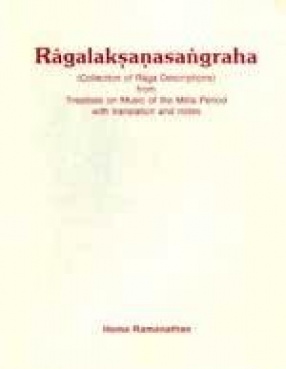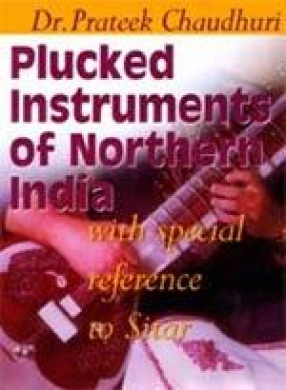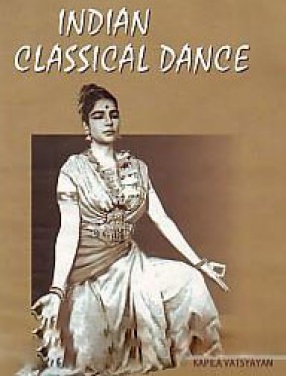This compilation of data on ragas from treatises on Indian Music began ambitiously, intending to cover all the works describing ragas, from the earliest to those written in the twentieth century. But gradually the focus had to be narrowed down to the period which can be designated as the mela period in the evolution of classical music, and further, to the textual tradition in the Southern region. Originally only the Samskrta texts were to be studied, but later, works in Telugu, Tamiz and Kannada, had also to be examined. For, the earliest available Samskrta work of the mela period, Svaramelakalanidhi, is matched by the Ragatalacintamani in Telugu. And in the period intervening between the composition of Caturdandiprakasika and the proliferation of ragas within the 72 mela framework propounded in it, the important Telugu work, Ragalaksanamu, was written, recording the practice of that age. Moreover, in the Southern region, after the Sangrahacudamani, a spate of works in the regional languages followed, which come closer to the collection of ragas which are now in vogue in Karnataka music. So some of these had to be included. But works later than the Ragalaksana (Samskrta, anonymous) have not been studied. For instance, Sangitaratnakara, in Kannada, which contains the svara nomenclature of Sangrahacudamani, was perused, but the available edition is full of defects, and so it had to be abandoned. Vinalaksanam was perused, but the information provided by this work has not been incorporated, as only a few melas and ragas have been described. In the twentieth century several works have been published, which compile the information from the most recent works of this period. The student of music may supplement the information complied in the present work with that available in Palaiyazi, Ragapravaham etc. The translation is not intended to be a word to word rendering of the original into English, but presents the main purport, often leaving out information which is not relevant to the melodic form of the ragas. For instance, in Ragatalacintamani of Poluri Govindakavi, the raga descriptions are couched in addresses to Rama, and contain phrases which may have literary value, but are not necessary for comprehending the melodic shape of the ragas. The translation has omitted these. In the Ragamala of Pandarikavitthala, the ragas have been portrayed as personalities in scenes, in addition to the svara content and details of melodic movement provided. These extra-musical descriptive phrases have not been copied or translated. For a full version and translation of these descriptions the reader may consult Nartananirnaya, edited and translated by Prof. R. Sathyanarayana. In Mahabharatacudamani (Tamiz), the description again contains addresses and phrases which are not necessary for comprehending the form of the ragas. These too have been out.
Ragalaksanasangraha: Collection of Raga Descriptions
In stock
Free & Quick Delivery Worldwide
reviews
Bibliographic information
Title
Ragalaksanasangraha: Collection of Raga Descriptions
Author
Edition
1st ed.
Publisher
ISBN
8175255366
Length
xxviii+1569p., Tables; Bibliography; 26cm.
Subjects





There are no reviews yet.